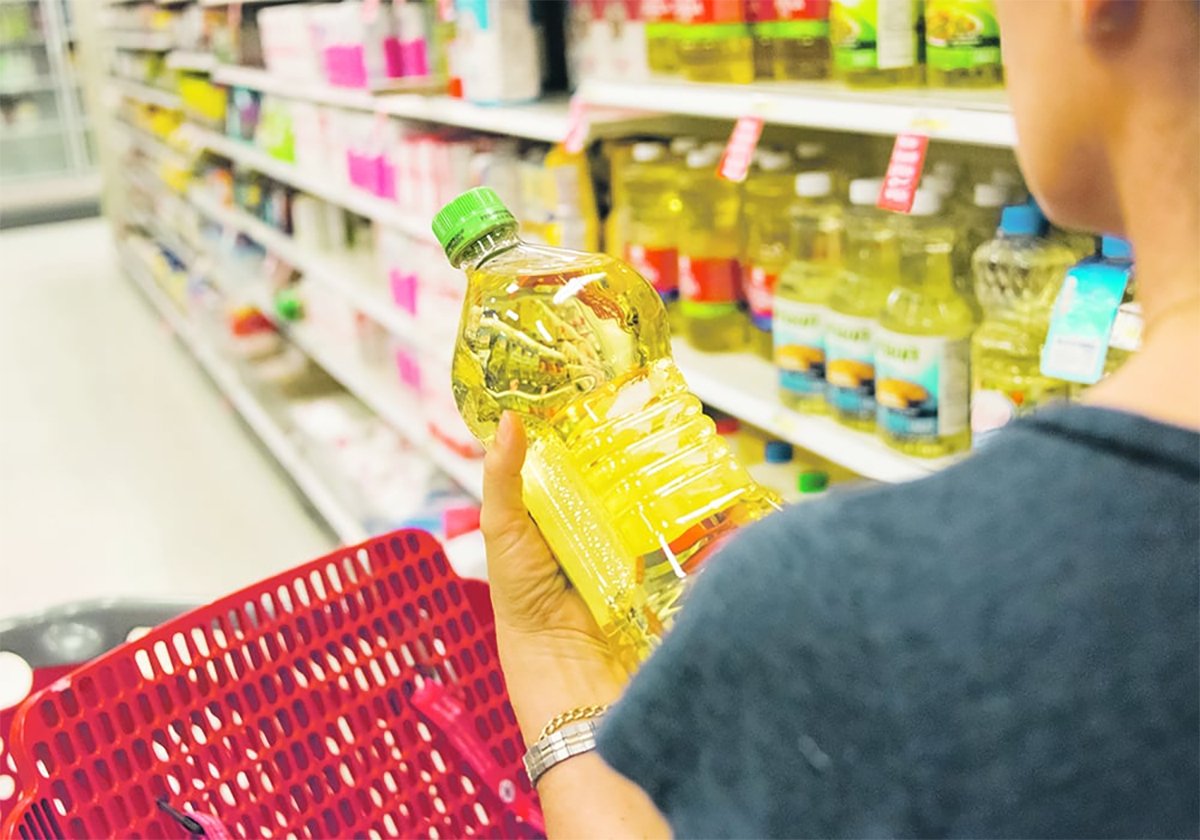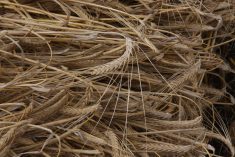Canada has stopped shipping peas to its third largest export destination due to a non-tariff trade barrier.
Fortunately, the problems with the Chinese market could be partially offset by increased shipments to India, which has temporarily dropped its duty on pulses.
Canadian pea exporters are no longer sending ships to China until the country eases enforcement of a seldom-used rule around since 1991.
In February the rule was resurrected when Chinese inspectors detained one shipment of peas from Canada and another from the United States for exceeding its 0.3 parts per million tolerance level for selenium, a non-metallic element found in soil.
Read Also

Vegetable oil stocks are expected to tighten this year
Global vegetable oil stocks are forecast to tighten in the 2025-26 crop year, this should bode well for canola demand.
Those incidents prompted a
March 31 warning from China’s grain inspection agency to be on the lookout for dry peas imported from Canada and the U.S.
“Suddenly, coinciding with a huge increase of imports of peas from Canada, there was a directive issued to begin enforcing that tolerance,” said Greg Cherewyk, director of market development with Pulse Canada.
He thinks it had more to do with protecting domestic pulse production than any legitimate health concerns.
Cherewyk said about 10,000 tonnes of peas are in limbo, but the bigger concern is that the new enforcement regime has halted future sales to a country that was on pace to import 350,000 to 400,000 tonnes of Canadian peas in 2005-06. That is up substantially from 168,595 tonnes of all pulses in 2004-05.
But that impressive Chinese market, which ranks behind Spain and India as the third largest destination for Canadian peas, is now in jeopardy because Canada cannot meet the recently enforced tolerance levels.
Canadian Grain Commission cargo testing on 58 Canadian pea samples between 2002 and 2005 shows an average of 0.427 ppm of selenium.
Pulse Canada said there is no health risk associated with that level. An adult would have to eat one kilogram of Canadian peas per day to reach the upper level of selenium recommended by the World Health Organization.
China’s actions are even more puzzling considering it is one of the few places in the world that suffers from a dietary deficiency of selenium. It raises the question of why China is one of the few countries in the world to establish and enforce a tolerance level for selenium in peas.
Canadian exporters think the answer lies in the fact that China’s pulse production is forecast to reach 4.5 million tonnes in 2006, an increase of 28 percent from 2005 levels, according to a recent report issued by the U.S. embassy in China.
One of the country’s main pulse crops is mung beans, which can be used interchangeably with peas in the production of vermicelli noodles.
China produced 650,000 tonnes of mung beans in 2005. Noodle makers are using Canadian peas to displace the more expensive mung beans, as well as domestically produced peas.
Cherewyk said Pulse Canada is treating the incident as a non-tariff trade barrier and is hoping for a political rather than a scientific solution.
Pulse Canada chief executive officer Gordon Bacon has met with federal agriculture minister Chuck Strahl and senior officials with International Trade Canada to discuss the situation. The Canadian embassy has met with China’s ministry of health and its federal grain inspection agency.
“We want and we expect high level intervention on this one. This is not something that we want to see drawn out for years,” said Cherewyk.
Losing the Chinese market would be the second challenge for Canadian pea exporters preparing for the new crop year. The first issue is making up for an expected return to normal buying patterns in Spain for the 2006-07 crop year, which means the loss of another 300,000 tonnes of Canadian pea exports. In the 2005-06 marketing year, exports to Spain soared as it imported to make up for a drought-reduced domestic crop.
Fortunately India appears to be in serious need of peas and other pulses. On June 8 the country’s finance minister announced there will be an exemption until March 31, 2007, on the 10 percent duty applied to pulses through all ports with the capacity to handle bulk imports.
Garth Patterson, executive director of Saskatchewan Pulse Growers, said this is the first official confirmation of what has long been suspected, that demand is outstripping domestic supply in India, the world’s largest producer and importer of pulses.
“What it tells us is that their supply is down and they’re trying to stop prices from rising because people need to eat,” he said.
That is welcome news for Canadian pea growers, who are expected to set a new acreage record in 2006.
“If China is basically saying they don’t want our peas then I think it is really important that we continue to have India as the option,” said Patterson.
There are a few other positive signs for pea growers as well. Australia, which is Canada’s main competitor in pulse export markets, has been dry in the eastern half of the country in the run-up to seeding. But on June 11, parts of the region got enough rain to begin seeding.
Also, there are new rumblings that contrary to what many predict, Spain may actually be headed for another devastating drought rather than a recovery.
Growers should remember their peas are just entering the flowering stage of development and the market will kill their crop many times before it is actually harvested, said Patterson.
That said, with the recent topsy-turvy developments, it may be time for Canadian farmers to consider forward contracting part of their crop.
“If you can start looking at $4 peas right now, perhaps it’s time to think about locking in some delivery prices,” said Patterson.

















